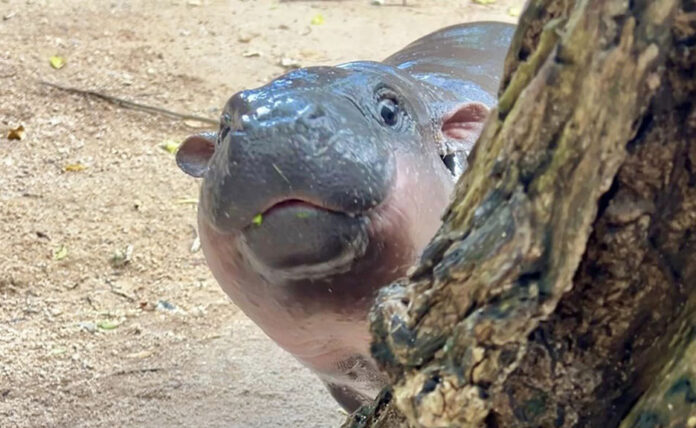According to tradition, if the groundhog comes out of its hole on this day and sees its shadow, it gets scared and runs back into its burrow, predicting six more weeks of winter weather; no shadow means an early spring. This uncommon tradition began in America with Pennsylvania Dutch immigrants and originates from the German holiday known as Candlemas.
Groundhog day connects to the Gaelic holiday Imbolc. Imbolc marks the halfway point between the winter solstice and the spring equinox. Imbolc celebrated the imminent return of longer, warmer days and the awakening of the land. Legend has it that the goddess Brigid would visit villages during Imbolc and bring the gift of poetry, healing, and smithcraft. Imbolc directly translates to “in the belly”, evoking imagery of pregnancy and birth, both of which metaphorically connect to the land “birthing” new life in springtime. The pregnant belly of Mother Earth mirrors the groundhog emerging to check for signs of spring’s arrival from his own underground burrow on this date. In a way, the groundhog on February 2nd plays a similar prophetic role in popular myth as he emerges to “tell us” how close spring may be.
Groundhogs, woodchucks, whistle pigs, or land beavers, are found pretty much everywhere in Eastern and Northern America. They are the largest of their family, Sciuridae, and belong in the ground of large ground squirrels. These furry creatures spend most of their time in their burrows, but they are incredibly intelligent and social animals. While their love life is purely for reproduction, they are known to form complex social networks and show great care towards their children. They will often collaborate with others to form larger, more complete burrows, and have created a complex ‘language’ of whistles to help avoid predators.
Groundhogs embody hard work and compassion more than many other animals. Along with forming meaningful relationships with their own kind, they provide crucial habitat engineering for plains and forests where they reside. Our love for groundhogs are shared by dozens of species who all can thank groundhogs for their services
This year’s groundhog day results are in! Both Punxsutawney Phil and Buckeye Chuck have declared that we will have an early spring. Punxsutawney Phil has been offering his meteorological predictions since 1887. In that time, he has seen his shadow 107 times, predicting 6 more weeks of winter. However he has not seen his shadow only 20 times, predicting an early spring. So Phil’s forecasts overwhelmingly favor more winter weather. His most recent prediction of an early spring came in 2020.
Buckeye Chuck, Ohio’s resident groundhog meteorologist, concurred with Phil this year. Chuck is vastly more optimistic than Phil, having predicted an early spring 80% of the time vs only 19% of the time for Phil. This year marks one of only a handful of times that two of the most recognized groundhogs have agreed on an early end to winter.
While their predictions may be more folklore than science, Phil and Chuck’s forecasts are lighthearted ways for many to look past winter and towards sunnier, warmer days ahead.



























